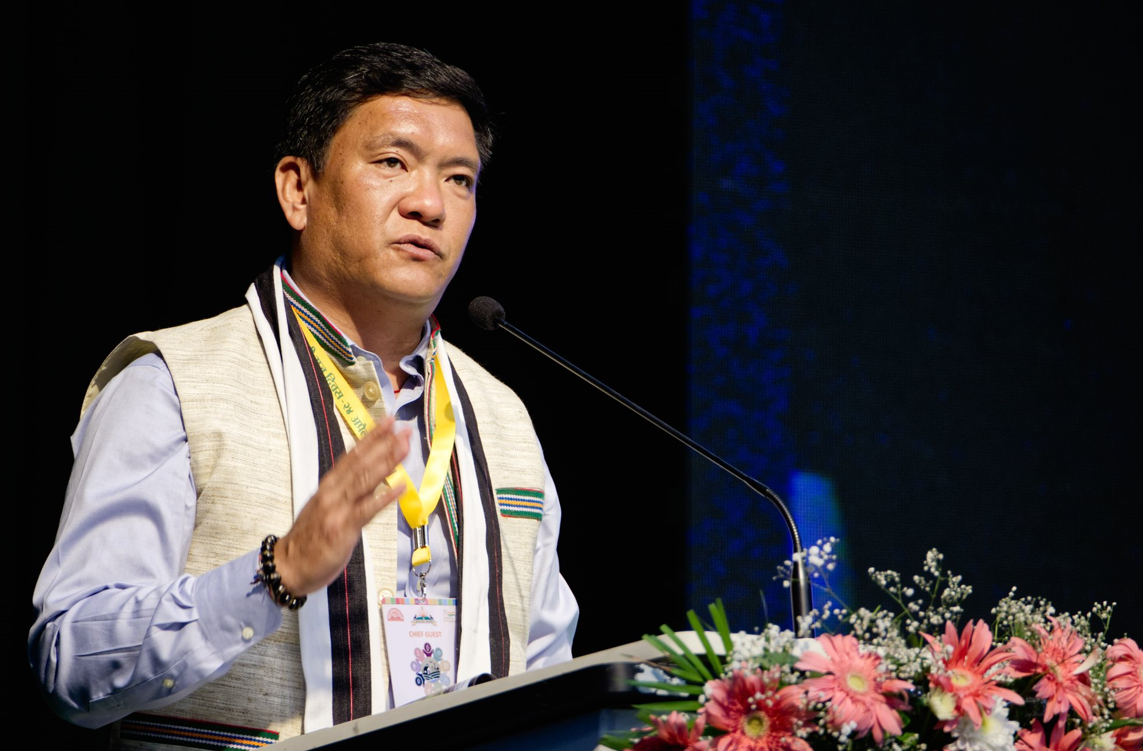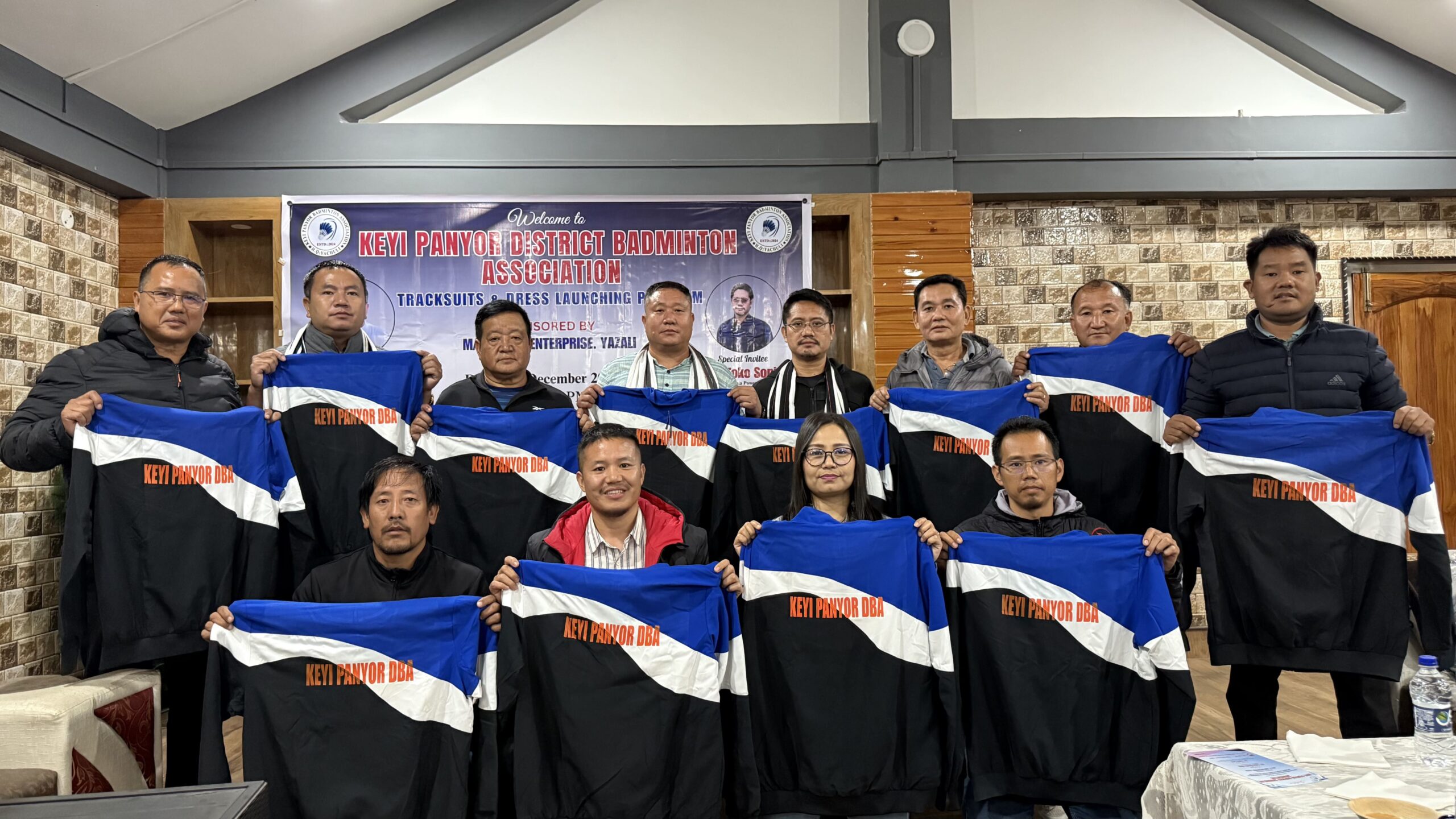Itanagar: Arunachal Pradesh Chief Minister Pema Khandu has proposed nine parameters for achieving localized sustainable development goals (LSDGs) in the state’s villages.
Khandu shared the nine parameters during the inaugural ceremony of a three-day training program for trainers on National Panchayati Raj Day at the D K Convention Centre here.
According to Khandu, the nine parameters prescribed by the state’s department of Panchayati Raj provide a perfect roadmap for the panchayati raj institutes (PRIs) to plan and implement developmental projects in their respective segments.
The nine parameters include a clean and green village, water-sufficient village, child-friendly village, healthy village, poverty-free village, self-sufficient infrastructure village, socially secured and socially just village, village with good governance, and gender equality village.
Khandu stated that the state government has been preparing annual budgets to achieve the 17 sustainable development goals (SDGs) adopted by the United Nations, of which 15 are relevant for Arunachal Pradesh.
He said that the PRIs can plan to achieve the nine parameters prescribed in the LSDGs for the overall development of villages.
The chief minister also mentioned that last year, PRIs received Rs 123 crores, of which 75% is a basic grant and 30% is a performance grant.
“This year’s budget (2023-24) for Panchayati Raj has been increased to Rs 143 crores,” he said.
In September 2021, the state cabinet decided to devolve powers to PRIs in the state, which was pending for the last 53 years. The devolution of powers was based on the SPICE (sustainable, participatory, inclusive, comprehensive and empowerment) formula devised by the Panchayat department.
Khandu emphasized that 10% of the state’s own resources, in addition to finance commission grants, are being accorded to PRIs.
“There is no shortage of funds with the state government, but the planning system needs improvement,” he said, while suggesting the convergence of similar schemes and programmes involving different departments into one and executing them at the grassroots level.
“Yes, in the last few years we have created many important infrastructures in our towns and cities, especially in Itanagar. But I will be wrong as a chief minister if I claim that Arunachal Pradesh has developed. Only when our villages are sustainably developed, I can say that Arunachal Pradesh has developed,” he said.
And for development of the villages, Khandu pointed, the sole responsibility lies on the PRIs.
The chief minister further asserted that the state government with the support and guidance of the central government is committed to develop each village of the state.
He cited the recent visit of Home Minister Amit Shah to Kaho, the ‘first’ village on the Indian side of the LAC in Anjaw district, where he launched the Centre’s ambitious scheme of Vibrant Village Program (VVP).
“All villages along the border, which is significant in number with Arunachal’s long international border, will be fully developed with all basic facilities. Similarly, we will develop all other villages by convergence of state and central government schemes and programs,” he said.
Khandu later also visited the LSDG-model village set up at the venue, where he launched the booklet on LSDGs. He interacted with Self Help Groups and discussed ways of boosting cooperation for further development of tribal art. The exhibition sponsored by the Ministry of Tribal Affairs, Govt of India showcased various products made by SHGs.
The three-day training program will educate 225 trainers including officers and PRI members from across the state on 27 subjects divided into eight sessions.
Experts have also been invited as resource persons for the training programme.
Also read: Assam, Arunachal sign historic agreement to resolve border dispute





